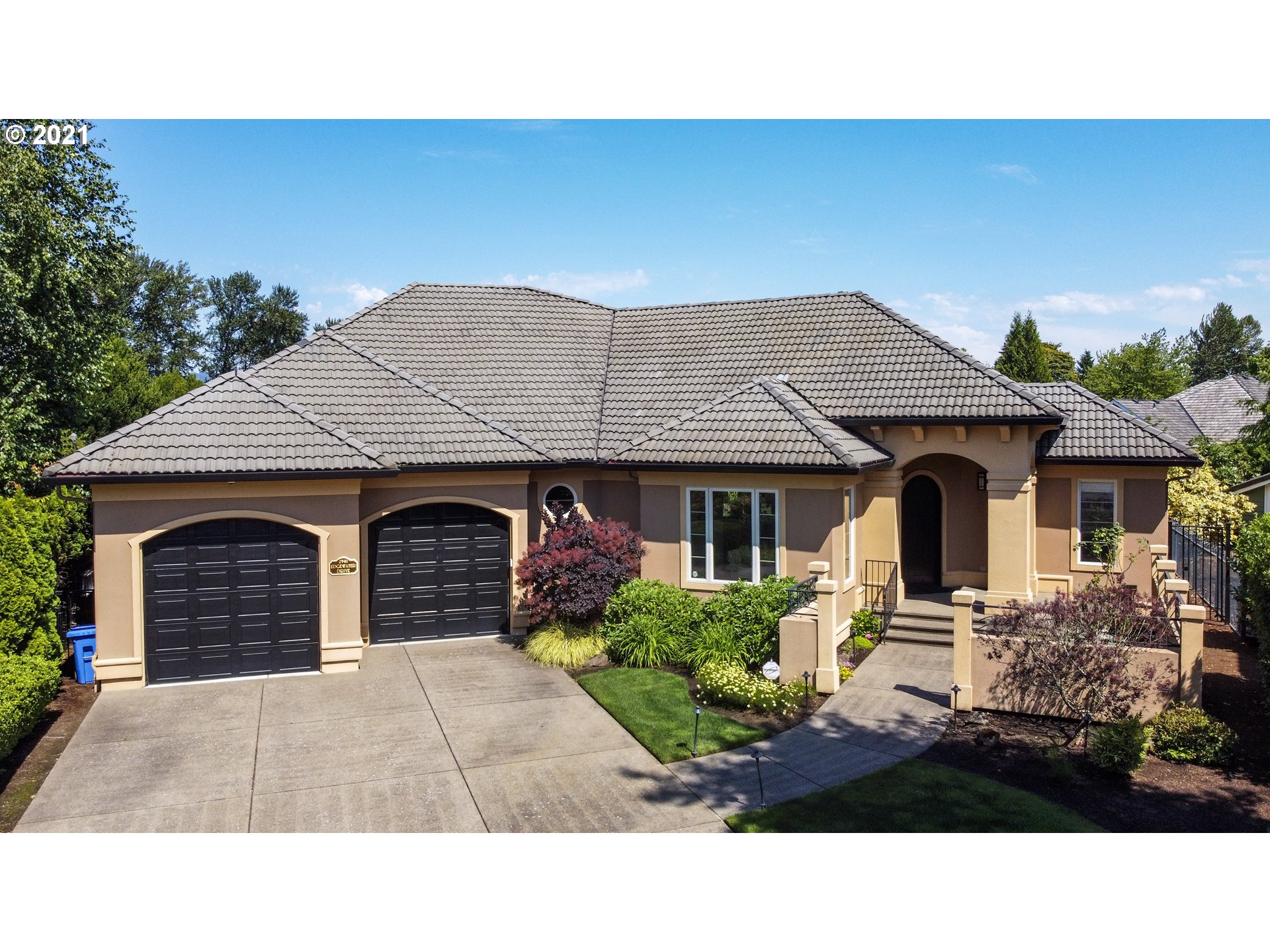The Real Estate Market Might Be Shifting
Good Monday Morning!
Just when we all settle in to the Real Estate market and think that it's not going to change, it decides to fool us all. There is not any fan fare about this, but I really feel that we are in the midst of a Real Estate market shift. Homes that were selling for well above full price in a matter of days with multiple offers are now sitting and nobody is wanting to look. Price reductions have become the norm as the number of buyers entering the market seems to be dwindling. I have been through multiple market shifts in the past and this feels like what we expereienced when the shift began. As I stated recently, these shifts are not suttle and change happens as fast as hitting the light switch. How long and how deep this market shift becomes is anyones guess, but you can bet we won't be going back to the market we had in May and June of this year any time soon. Also, the new home market is changing and here is an article from "Realtor.com" that addresses those changes.
The numbers: Building activity for new homes slumped in July, likely reflecting the continued supply constraints that construction firms faced nationwide.
U.S. home builders started construction on homes at a seasonally-adjusted annual rate of 1.53 million in July, representing a 7% decrease from the June’s upwardly-revised figure, the U.S. Census Bureau reported Wednesday.
Compared with July 2020, housing starts were up 2.5%; however, such year-over-year comparisons are still skewed by the effects of the onset of the COVID-19 pandemic.
Permitting for new homes occurred at a seasonally-adjusted annual rate of 1.64 million, up 2.6% from June and 6% from a year ago.
The figures for housing starts and permits are expressed as annual rates, meaning that’s the full amount of homes that would be built or permitted if builders maintained this pace of construction for a full year. Economists polled by MarketWatch had expected housing starts to occur at a pace of 1.59 million and building permits to come in at a pace of 1.61 million.
What happened: Housing starts declined for both single-family and multifamily projects. The South was the only region where new construction activity increased overall, with a 2.1% uptick. Meanwhile, in the Northeast, there was a 49% decline in housing starts on a monthly basis.
The increase in permitting was driven by an 11% jump in the number of multifamily buildings authorized, as the number of single-family homes that were permitted actually declined on a monthly basis. There was a high degree of regional variation in building permits, with the West seeing a 13% gain and the South seeing a 1.9% drop on a monthly basis.
There was also a 2.6% increase in the number of approved projects where construction had yet to begin.
The big picture: To some extent, the decline in housing starts might be a reflection of construction companies needing to pump the brakes a bit to match the pace of building activity to the availability of supplies and labor. The latest print of the home-builder confidence index from the National Association of Home Builders showed declines in the gauges that measure attitudes toward the state of present sales and foot traffic, but some analysts weren’t too negative on that news.
“We believe the slowdown in present sales is still more driven by supply constraints as builders have fewer homes to sell after robust demand and/or are intentionally slowing sales to match demand with production capacity,” analysts at investment bank BTIG wrote in a research note.
The pickup in permitting, meanwhile, is a positive sign in light of other indicators that suggest home buyers are souring on the housing market. For weeks ago, the number of mortgage applications submitted for loans to purchase homes has declined, according to data from the Mortgage Bankers Association.
“The big questions now are how much of the recent trends we are seeing in home sales and mortgage applications for home purchase are fundamental in nature, how much are just temporary corrections/consolidations, and how much are due to seasonal adjustment difficulties given that pandemic-related trends have been more important in the housing industry than normal seasonal patterns,” Joshua Shapiro, chief U.S. economist at financial consulting firm Maria Fiorini Ramirez, wrote in a research note Wednesday morning.
Shapiro argues that while the housing market is still going to be on relatively solid ground, it “is not going to be as red-hot going forward as it had been, nor is it going to continue to slide for very long like it has recently.”
What they’re saying: “Although residential construction has stepped back from March’s 15-year high, amid supply issues and elevated material costs, it continues to hold above pre-pandemic levels,” Michael Gregory, deputy chief economist at BMO Capital Markets, wrote in a research note.
“Builders pulled back on housing starts, wary of overcommitting on final new home prices in the face of volatile costs for land, materials and labor. However, permit applications and completed homes registered gains, a sign that expectations for the next months remain upbeat,” said Realtor.com senior economist George Ratiu.
Have An Awesome Week!
Stay Healthy! Stay Safe! Remain Positive! Trust in God!
THIS WEEKS HOT HOME LISTING!
 2941 Edgewater Dr, Eugene, OR
2941 Edgewater Dr, Eugene, OR
Price: $1,150,000 Beds: 3 Baths: 4.0 Sq Ft: 3397
Don't miss this elegant 1-level executive home in a quiet cul-de-sac. Large covered patio w/ infrared ceiling heat & a gas fire table overlook a pond & waterfall making it a relaxing & private retreat. Spacious indoor/outdoor entertaining w/ Sonos s...View this property >>
AND HERE'S YOUR MONDAY MORNING COFFEE!!






